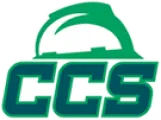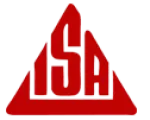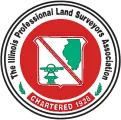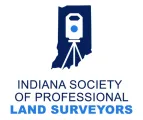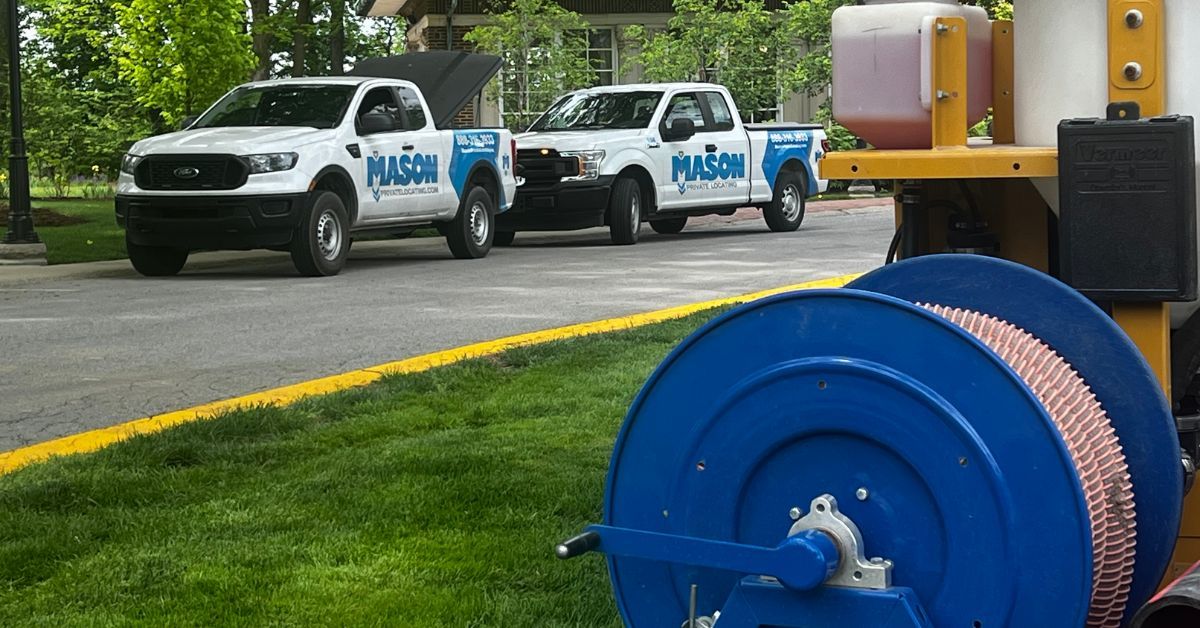
Every project begins with preparation, doubly so when it comes to digging. Underground utilities are the lifelines of modern infrastructure, but they can become a liability on-site without identification before excavation. Whether it's a landscaping project, a large construction job, or a fence installation, knowing what lies beneath is crucial for safety, efficiency, and project success.
Who do you call to locate underground utilities? We answer that and more in our in-depth examination of public and private utility locating.
What Are Underground Utilities?
Before we get into utility locating services, let's review what underground utilities are and their purpose in our communities. Underground utilities refer to service lines or systems buried beneath the ground that deliver power, water, or communication resources. These utilities fall into two main categories: public and private.
Public Utilities
Public utilities are essential services that provide necessary resources for daily life that utility owners own and maintain themselves. These include services for electricity, natural gas, water, and sewer systems. The responsibility of these utilities extends up to the "dissemination point" or "point of service," like a meter. The maintenance shifts from the utility company to the property owner. Here are examples of public utilities:
- Electric power lines
- Natural gas pipelines
- Water supply systems
- Sewer lines
- Stormwater drainage systems
State mandates in the US regulate public utilities for operation and safety. These systems play a role in maintaining infrastructure and meeting the needs of communities.
Private Utilities
Private utilities refer to any utility lines or systems that extend beyond the public dissemination point and are the responsibility of the property owner to manage and maintain. These utilities are not part of the public infrastructure and are therefore not covered by public utility locator service. Property owners must take the initiative to hire separate utility locators in order to identify and manage these private systems. Examples of private utilities include the following:
- Irrigation lines
- Private gas lines
- Septic systems
- Security lines
- Cable and internet connections
- Electric lines
Property owners need to be aware of private utilities to conduct maintenance, prevent damage during excavation, and comply with local regulations.
When Do You Need To Locate Underground Utilities?
Any time there's digging involved—whether for a construction or infrastructure project or because a homeowner wants to install a new fence in their backyard—the excavators should first locate nearby underground utilities. Striking an unmarked line can pose serious safety risks to workers and nearby residents.
Federal and state laws often require utility marking for excavation projects, making it a best practice and a legal requirement. For projects big and small, you need to make the call before you start digging up dirt.
Who To Call for Underground Utility Locating
We understand now that there are many potential utilities and lines underneath the surface, so who do you call to locate underground utilities? Excavators and contractors should make two calls for safe digging—one to mark public utilities and one to mark private ones.
Public Utility Locating
Utility companies or local municipalities typically handle the work of public utility locating. The process is relatively easy for an individual or business to contact them, as the national call-before-you-dig service of 811 is always available in the US. When you contact 811, they notify the public utility locators responsible for marking underground lines in your dig area.
These contract locators act on behalf of the utility companies to mark their infrastructure and avoid them while digging. It is crucial to provide accurate details about your project's location and scope to mark all relevant utilities before the excavation begins.
Private Utility Locating
For private utility locating, individuals or businesses need to contact a professional private utility locator company, such as Mason Private Locating (MPL). Unlike public utility locators, who only mark lines the utility companies are responsible for, private locators specialize in identifying all hidden and private underground utilities.
These can include irrigation systems, private gas lines, septic lines, electrical wiring running between structures on private property, and things the property owner didn't know were beneath the surface. A private utility locator can account for all underground utilities, both public and private, reducing the risk of costly and dangerous damage during excavation projects.
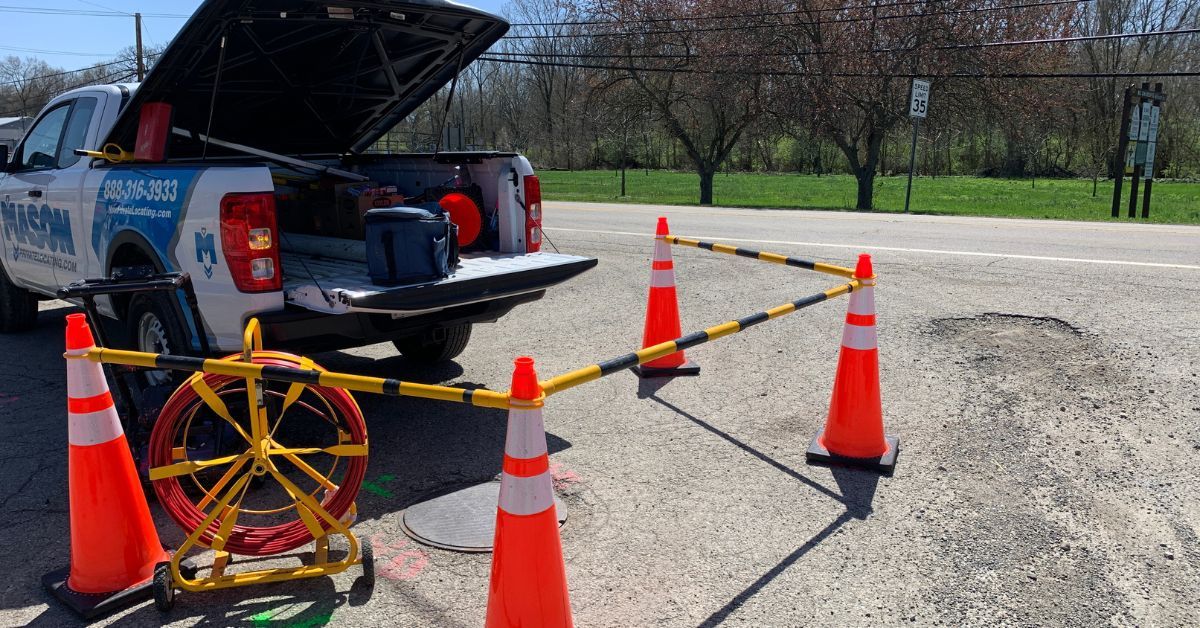
Why Identifying Private Utilities Matters
Many people are familiar with public utilities and the 811 service but not the importance of marking private utilities. Striking a private utility can disrupt a project, leading to costly repairs, delays, and liability issues. From damaged lines to unforeseen setbacks, the consequences can add up quickly.
Partnering with MPL is essential for the success of your project. We specialize in uncovering all known and unknown utilities at the job site, helping you avoid risks before they affect your project. Striking private electric or gas lines with digging equipment is exceptionally dangerous and can cause widespread outages for your property and the surrounding community. By identifying every hidden utility, MPL safeguards your team, keeps your project on schedule, and protects your finances.
The MPL 5-Step Locating Process
To locate every utility within the digging area, MPL employs a comprehensive five-step process. We'll walk you through each step to show how meticulous and precise our standards are for private utility locating.
Step 1: Visual Site Scan
An MPL project manager conducts a thorough site inspection, reviewing maps or prior documentation to identify known utilities within the area.
Step 2: Finding & Verifying Known Utilities
Using EM receiver and transmitter technology, MPL locates utilities with surface-level indicators, such as water meters and valves. We also verify public utilities alongside known private lines, including electric, communication, and water connections.
Step 3: Finding Unknown Utilities
EM Induction Scans help to locate utilities without surface indicators, such as communication lines, fiber cables, and underground storage tanks. MPL will also uncover abandoned utilities during this step.
Step 4: Detecting Underground Anomalies
With ground-penetrating radar technology, MPL identifies pipes, storage tanks, plastic water mains, and other utilities not visible through traditional methods. This stage also identifies non-metallic utilities.
Step 5: Deliverables and Documentation
After completion, MPL will deliver an industry-leading package of detailed findings, including site sketches, photos, and GPR trail images. Clients are left with complete visibility of underground utilities.
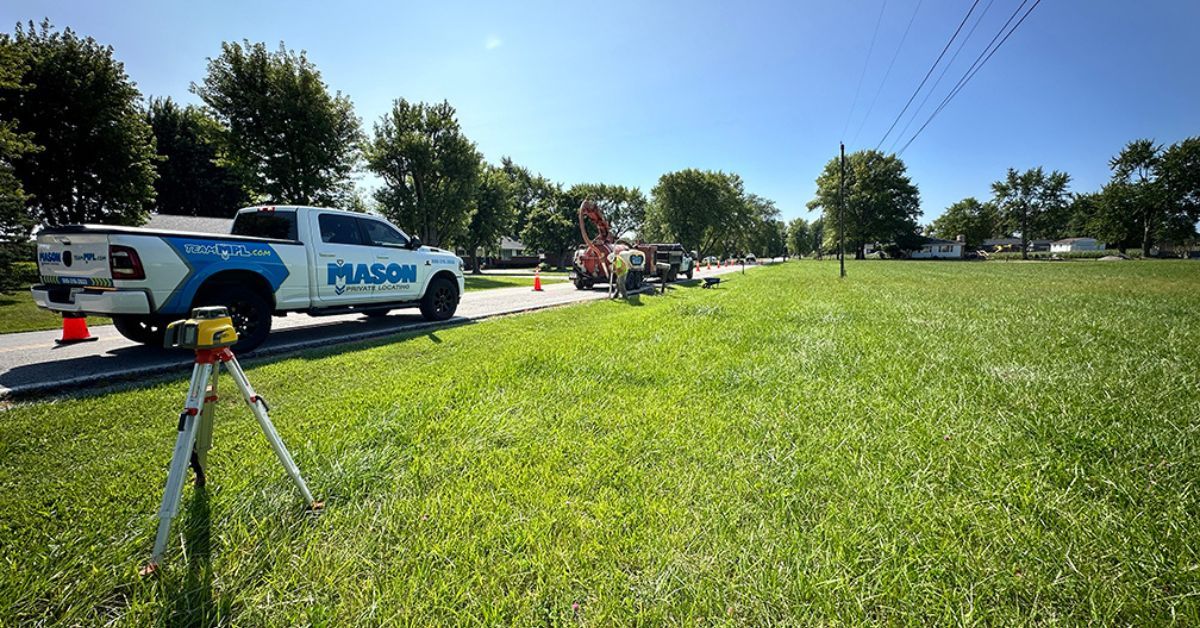
Call the Best for Private Utility Locating
There's no doubt about the importance of utility locating for the safety and efficiency of any digging project. When you call MPL, you can rest assured that we'll find and mark anything that lies beneath the surface of your digging area so you can excavate with confidence.
MPL is based in the Midwest, with our technicians readily available throughout Indiana, Ohio, and Kentucky. Additionally, we are now expanding our services into the Cleveland and Pittsburgh areas. Whether you're in Indiana, Pennsylvania, or somewhere in between, we can help you mark your site before you dig. Schedule our services online, or give us a call at 888-316-3933 to speak with a locating expert today!


